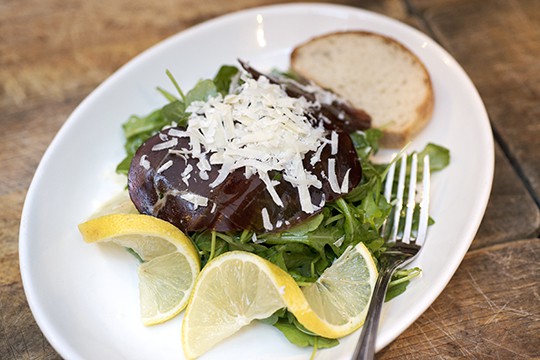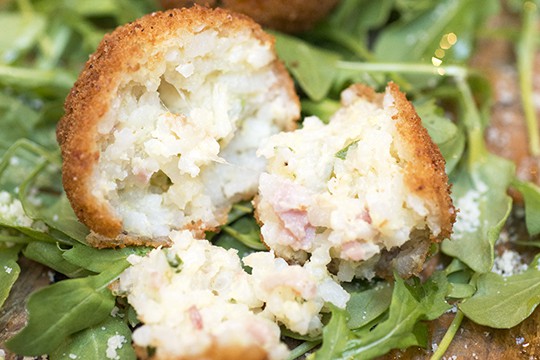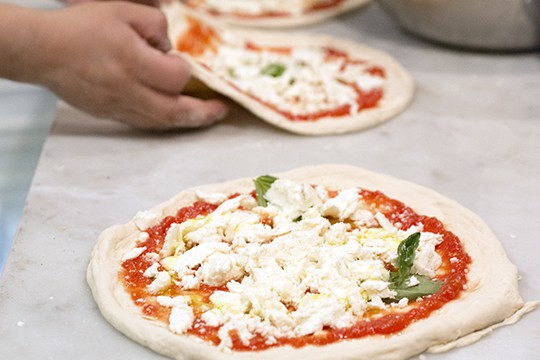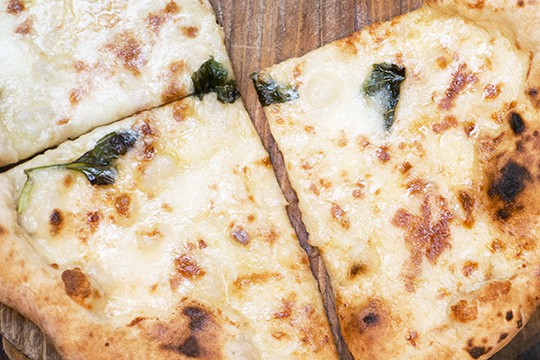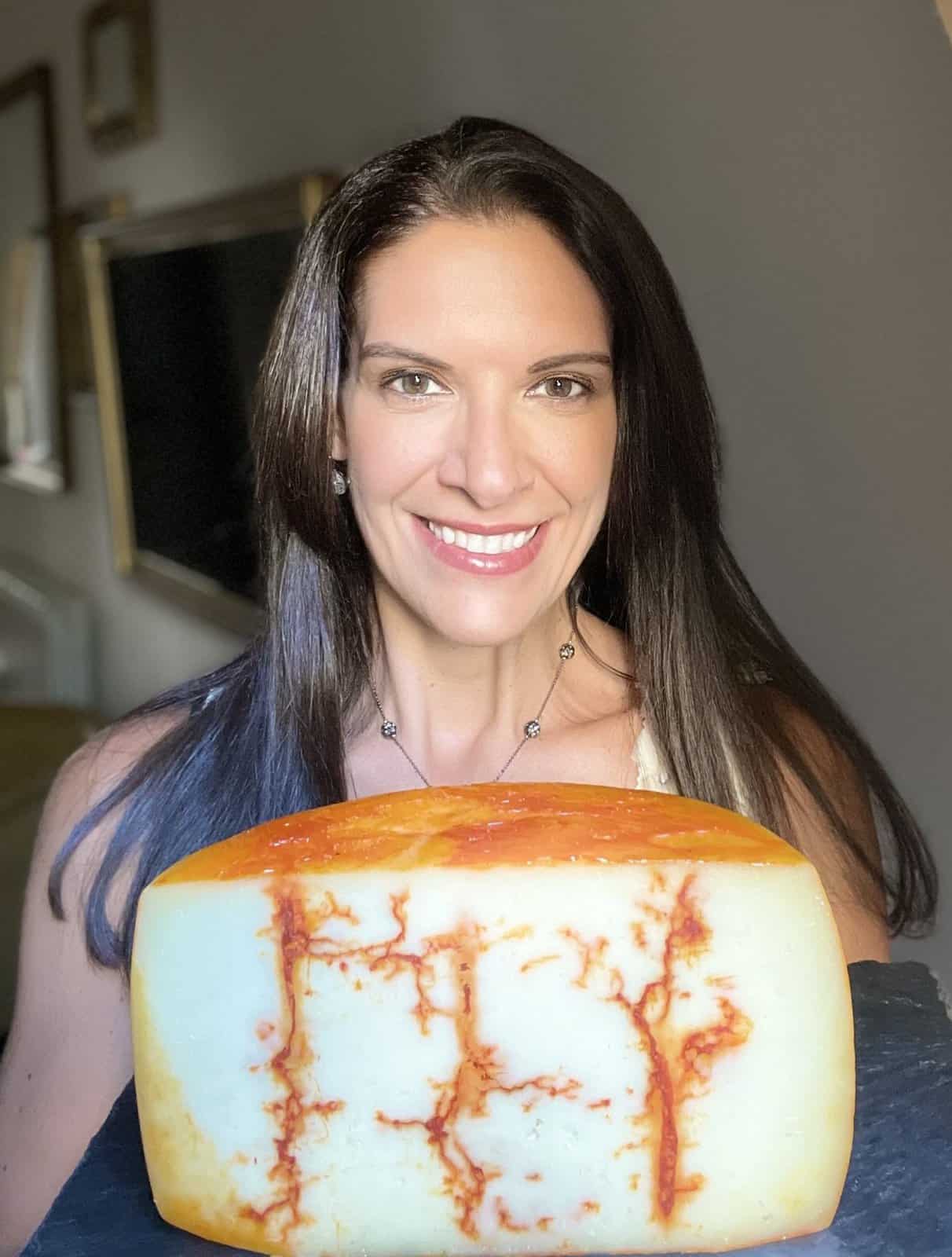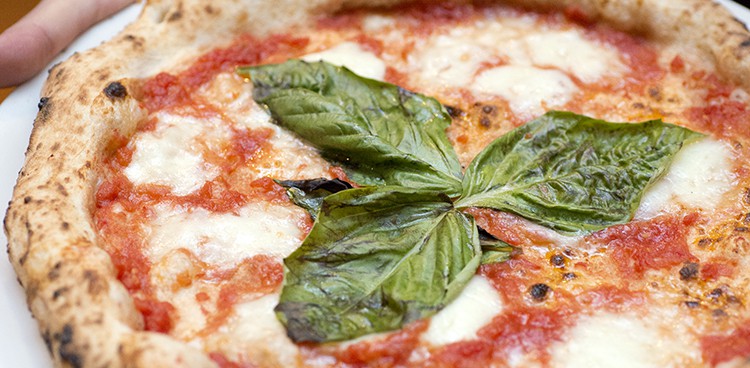
Family Pies is featured in our Spring 2017 issue. Click here to jump down to the Don Antonio by Starita recipes.
When Italian-born Roberto Caporuscio first visited the United States as a 24-year-old bovine genetics salesman, he “fell in love with it immediately,” he says. “The freedom, the opportunities!” Little did he know that more than 30 years later, he’d preside over a Neapolitan pizza empire in New York City, his adopted home.
It’s a life quite different from his childhood. Caporuscio, today one of New York’s most respected pizzaioli (pizza makers), grew up on a dairy farm in the town of Pontinia, about 55 miles south of Rome. As a boy, he made fresh mozzarella and caciotta (a semi-soft farmstead cheese) and regularly woke up in the wee hours to help his mother bake bread. These formative food experiences led Caporuscio, years later, to move to Naples and learn the craft of pizza at age 38.
He trained with master pizzaioli, observing technique and coming to appreciate the importance of using authentic, top-quality ingredients and equipment when producing Neapolitan pies: 00 flour made in Italy (very finely ground flour), San Marzano tomatoes, fior di latte or buffalo’s milk mozzarella, and a wood-fired oven. “Neapolitan pizza done right should be very light,” Caporuscio says. “And the toppings should not be over-powering—there is a balance of sauce, cheese, and crust.”
Being trained in Naples or by someone from the city—the birthplace of pizza—is advantageous for a pizzaiolo, he adds. “Pizza is inside the culture [there]—it’s part of the lifestyle. It’s still the same as it was over 300 years ago. I wanted to help people understand that.”
To that end, Caporuscio moved to the US in 1999 and opened highly successful pizzerias in Pittsburgh and New Jersey, then spent a year training pizzaioli and restaurateurs around the country. In March 2009 he opened Kesté Pizza & Vino in Manhattan, spurring on the Big Apple’s burgeoning Neapolitan pizza craze and winning critical acclaim—New York Magazine deemed his pizzas number one in the city that year. Staying true to his roots, he made fresh mozzarella and burrata daily (the mozzarella di bufala is imported from Caserta).

Giorgia Caporuscio works with dough
As US president of the Associazione Pizzaiuoli Napoletani, an Italian organization dedicated to preserving pizza-making traditions, Caporuscio also began teaching intensive courses in the art at Kesté. His then-19-year-old daughter, Giorgia, who had grown up in Italy and had just arrived in New York to learn English, spent much of her free time at the restaurant.
“The employees would tease me and say, ‘You don’t know how to make pizza and you are the daughter of the master?!’” she recalls. Eventually, the ribbing prompted Giorgia to study with her father, and she discovered a passion and a talent that mirrored his.
Giorgia returned to Italy for further training with one of Caporuscio’s mentors, Antonio Starita, at his renowned Pizzeria Starita a Materdei in Naples. “Every day, they make almost 1,000 pizzas, like a machine,” she says. “It was amazing to see it and to learn there, because now I can recreate it here in the US.”
When Caporuscio and Starita teamed up to open Don Antonio by Starita—a pizzeria boasting a menu of more than 60 pies—in midtown Manhattan in 2012, Caporuscio made Giorgia head pizzaiola. The following year, she won first place in the Classic Pizza category at Naples’ prestigious Caputo Cup competition—at that time, the youngest woman (and second ever) to do so—with the Montanara Starita, a signature Don Antonio creation that is lightly fried then oven-finished.
“I chose to make the montanara because it is one of the oldest pizzas from Naples,” she says. “In the classic movie L’Oro di Napoli (The Gold of Naples), Sophia Loren makes the montanara.” While Italian women have long prepared pies at home, Giorgia adds, a female pizza maker working in a restaurant remains a rarity.
“If I did this job in Italy, people would look at me like I’m an alien,” she says. “It’s still considered a man’s job. Here, people appreciate it more, or they don’t notice.”
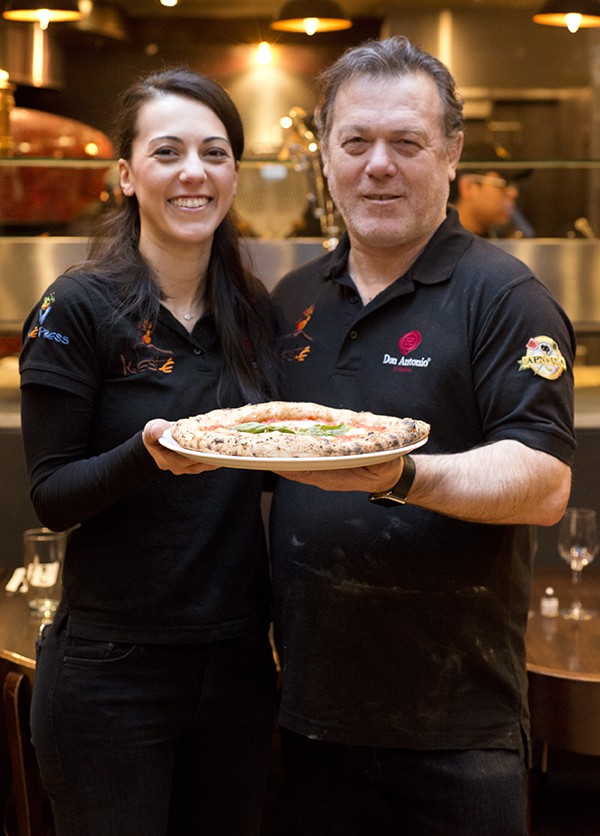
Giorgia and Roberto Caporuscio
The newest venture for the father-daughter duo is a third Kesté location, a 120-seat restaurant and cooking school replete with eight ovens that opened earlier this year in New York’s Financial District—hot on the heels of the second Kesté debut in Brooklyn last December. The menu includes pizzas that showcase local ingredients from various Italian regions—and unsurprisingly, formaggio is a top priority.
“Each cheese has a story behind it, a legend,” Caporuscio says. Among his favorites: Sicilian Piacentinu, a sheep’s milk cheese made with saffron, purportedly to cure a royal’s depression in the 11th century; and Gorgonzola, a “mistake” according to legend, as its creator forgot about the cheese while spending time with his love.
Curds also come into play at the school, where Caporuscio teaches students how to craft mozzarella and burrata. Giorgia, now 26, helms the kitchen and leads courses, too.
“I’m very lucky in my life—it’s incredible to work with my child,” Caporuscio says. Though an icon in the pizza community, he keeps his success in perspective.
“It’s just pizza,” he says, smiling. “It’s annoying sometimes, these pizza makers who think they are celebrities. I say all the time, we don’t save lives, we’re not engineers, we’re not the president. We just make pizza, a simple product. I don’t forget where I come from, and I’m still the same guy.”
Recipes from Don Antonio by Starita
Bresaola Salad
Air-dried, salt-cured bresaola—with its mild flavor and deep garnet hue—is a lean, striking alternative to prosciutto.
Arancini
Roberto Caporuscio’s fried rice balls are crunchy on the outside and creamy on the inside.
Neapolitan Pizza Dough
The one- to two-day resting period for the dough helps create the chewy, puffy crust that’s a hallmark of Neapolitan pizza.
Fraticelli
Sharp provolone-and-black-pepper filling gives these stuffed fried dough triangles a kick.
Montanara Starita
To make this popular Neapolitan street food, the dough is flash-fried, then topped and finished in the oven for a super-satisfying—but not overly rich—snack.
Quattro Formaggi Pizza
Roberto Caporuscio eschews frequently used Gorgonzola in favor of a blend of five, not four, cheeses for this rich, well-balanced pizza.


